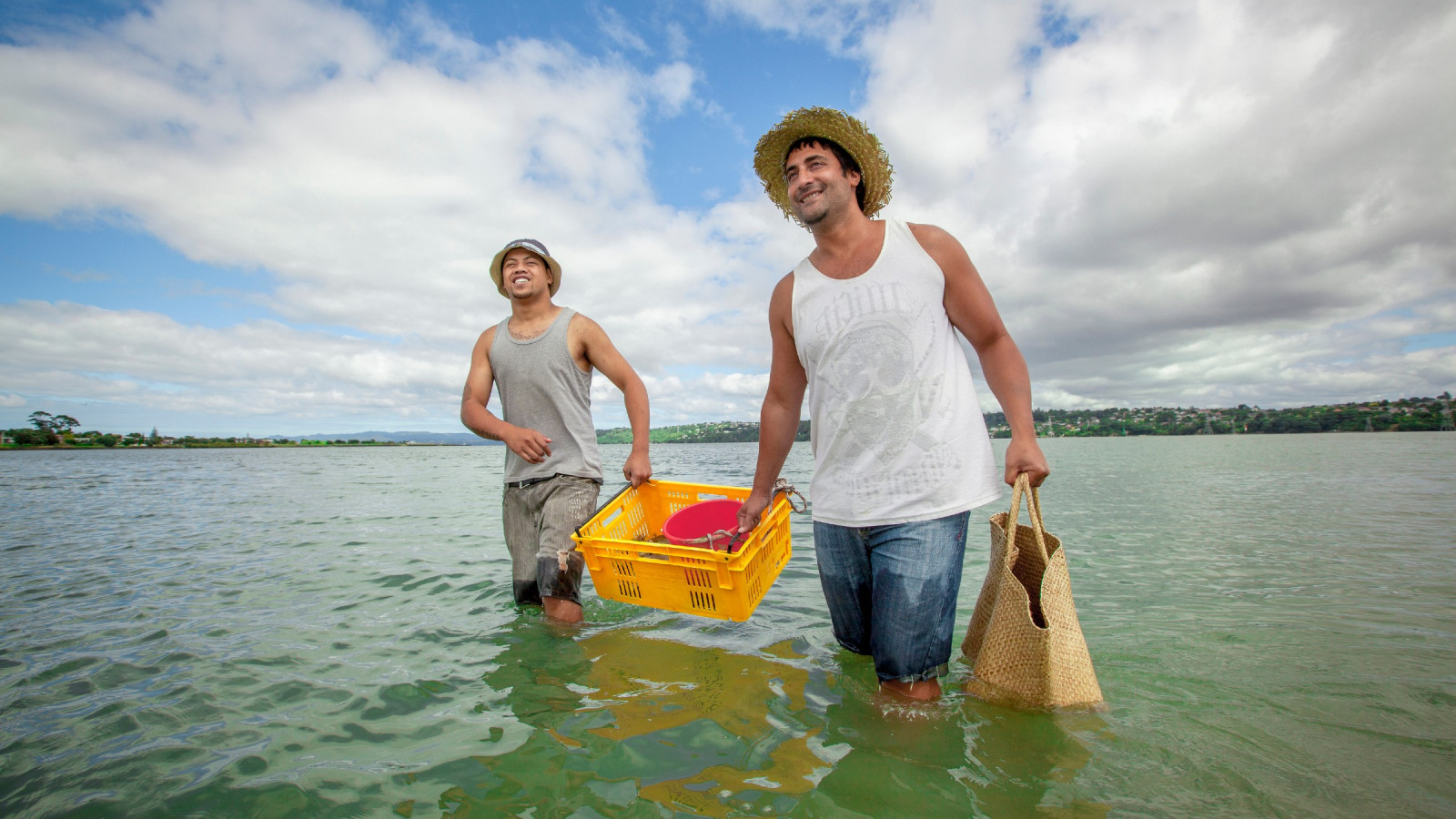Towards a better understanding of our environment

Environmental reporting depends on information gathered from many different sources. This part of the report sets out the challenges that affect our understanding of the environment.

Image: photonewzealand
The environmental system operates at many different scales and has innumerable dimensions, intricacies, and interdependencies – these are nature’s premises that we cannot change. But we can, through understanding our environment, adjust our actions and decisions to improve the way we manage and protect the environment that supports and sustains us.
The purpose of this report is to provide a diagnosis of the health of our environment. It should give all decision-makers – elected representatives, iwi leaders, businesses, environmental groups, and members of the public – a firm basis for comparing one environmental issue with another (PCE, 2016).
In noting knowledge gaps it identifies:
The complexity of our environment as a system means that both a full understanding of cause and effect and the cumulative effect of multiple pressures is lacking. This is especially true for our freshwater and coastal ecosystems (Larned et al, 2018a) where the effects of pollution, for example, may be compounded by other pressures like habitat modification, introduced species, and climate change.
Because of its complexity, it is very difficult to be certain about the effects of our actions in one place on other parts of the environmental system. There may be many uncertainties preventing our understanding, such as how unforeseen events and hazards (such as earthquakes) may affect the system, or the likely transmission pathways, and effects of emerging risks like diseases and new pollutants (Gluckman, 2016).
The very nature of the environment is to continually change and evolve. Some change is barely perceptible, while some happens at rates that we can see and find concerning. We lack knowledge about whether some observed trends will continue, reduce, or amplify, and if some changes become significant enough to cause larger, more significant change when a tipping point is reached. The time that passes between a cause and an observed effect can be significant (termed ‘lag time’), which means our knowledge of a change can be slow to emerge.
The environment provides us with many goods and services and contributes to our well-being. We all have our own sets of values and preferences, so coming to a shared view about value is often challenging. Similarly, the way people assign value to the many ways we connect with nature also varies across monetary, quantitative, and qualitative approaches.
Some decisions that relate to environmental management are framed by legislation that helps deliver on the stewardship goals of Aotearoa New Zealand. The Resource Management Act 1991, for example, legislates for many decisions that relate to air, soil, land use, fresh water, and coastal areas.
But everyone has an effect on the environment through their individual activities and choices. Making informed decisions about those actions depends on being equipped with relevant data and accurate knowledge.
Environmental stewardship – the responsible use and protection of the natural environment – requires a holistic approach to decision-making at both a national and individual level. A well-functioning reporting system should bring data and knowledge together so decisions:
Good progress has been made on understanding specific aspects of our environment. Nevertheless there are still a number of gaps in the coverage, consistency, accuracy, and representation of data that limit our ability to understand and report in some areas. These are well documented in previous domain reports (see Our marine environment 2016, Our fresh water 2017, Our atmosphere and climate 2017, Our land 2018, and Our air 2018).
The gaps in our knowledge that prevent us from making informed decisions are highlighted at the end of each issue in this report. Taken together, these gaps describe an opportunity to create knowledge that relates specifically to a place – the state of the environment in a place, the activities we do in a place, and what people who live in a place value and want to achieve.
Gaps appear in a number of the issues, including:
Collectively these gaps challenge our ability to address the issues raised here and in previous environmental reports (PCE, 2018).
Those that collect environmental information do so for many different reasons – not always for environmental reporting. There is no overarching requirement to collect information at the national level (PCE, 2018). The Ministry for the Environment and Stats NZ therefore have to reuse and re-analyse data from a variety of sources and incorporate it into the reporting framework.
A further challenge is that the knowledge system iteratively and organically evolves as more information and understanding are developed, whereas the reporting system has prescriptive and reproducible requirements for robust indicators. Diverse data collection practices that are agency or context specific (eg the different types of data collected around water quality), can result in a lack of representative sites, data being omitted to meet consistency standards, and significant holes in what can be reported on.
The data and knowledge available (although not always used) for environmental reporting include:
Many organisations are involved in building knowledge about the environment. These include universities, Crown research institutes, local government, iwi, Māori trusts, government agencies (like the Department of Conservation, Ministry for Primary Industries), National Science Challenges, centres of research excellence, businesses, and community groups.
Much could be done to improve our understanding of how the environment works. With limited resources, however, sharp focus is required to act where the impact is likely to be greatest. This includes aligning, coordinating, and leveraging efforts across knowledge and reporting systems as well as acknowledging the contribution te ao Māori has within environmental reporting in Aotearoa New Zealand.
| Making better use of the knowledge system | |
|---|---|
| Aim | Activity |
| Work to understand the environment as a whole |
|
| Look backwards and forwards to anticipate change |
|
| Make it easier to understand and use valuable science and data |
|
| Building a better environmental reporting system | |
|---|---|
| Aim | Activity |
| Set direction and agree on some priorities |
|
| Design the system and underpin frameworks and infrastructure |
|
| Fill critical gaps and assure regular maintenance and updating of these assets |
|
The Ministry for the Environment and Stats NZ can and should play a critical role in driving improvements in the country’s data collection and management systems, both through responsibilities under the Environmental Reporting Act 2015, and broader stewardship roles within the public sector (PCE, 2018). But as outlined above, it will require a whole team to resolve these systemic challenges.
Addressing these next steps will be fundamental to ensuring the next domain reports in the series, such as Our marine environment 2019 and Our fresh water 2020, as well as future synthesis reports, provide valuable commentary about the effects we are having on the environment and how we may choose to respond.

Towards a better understanding of our environment
April 2019
© Ministry for the Environment